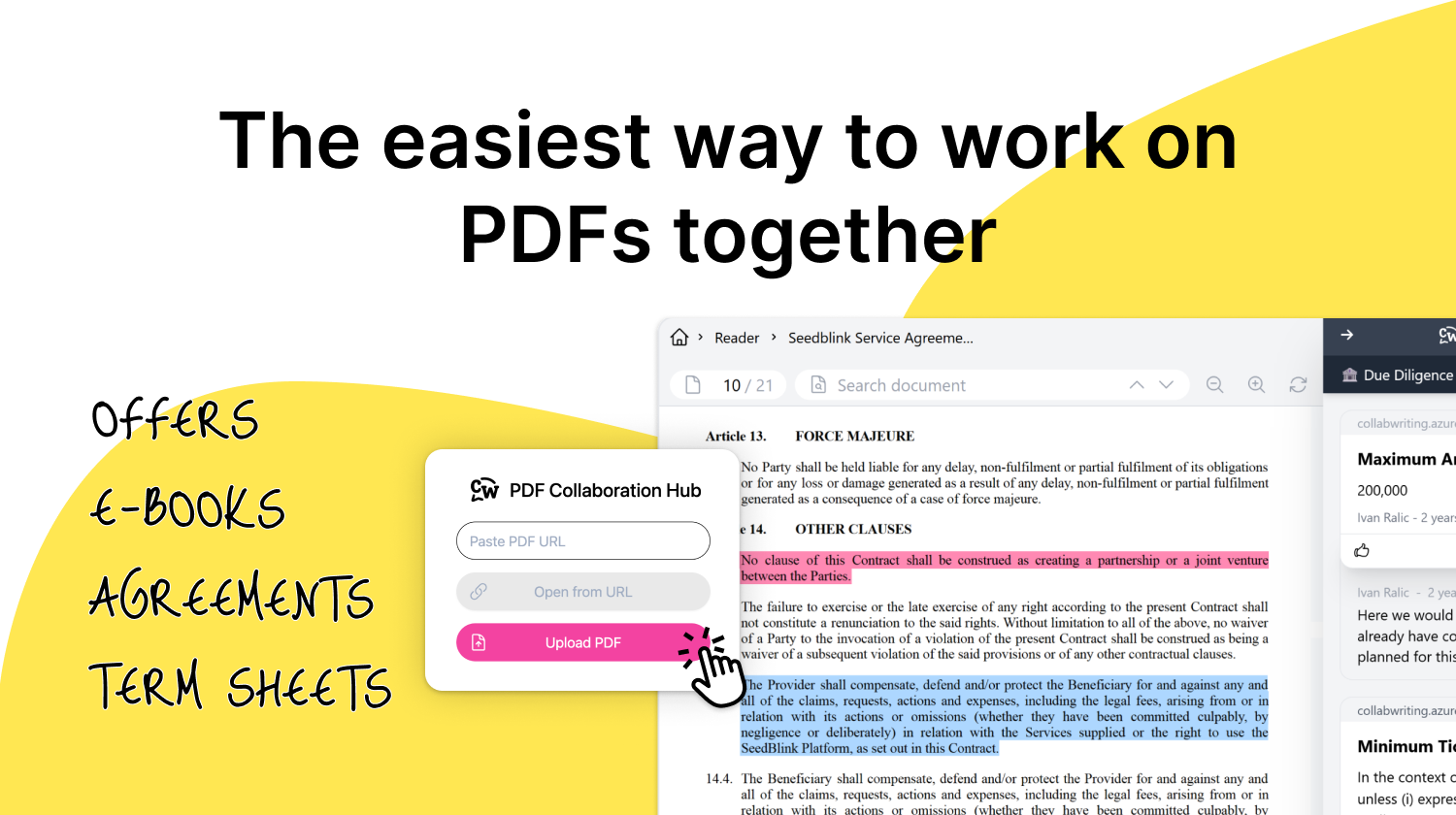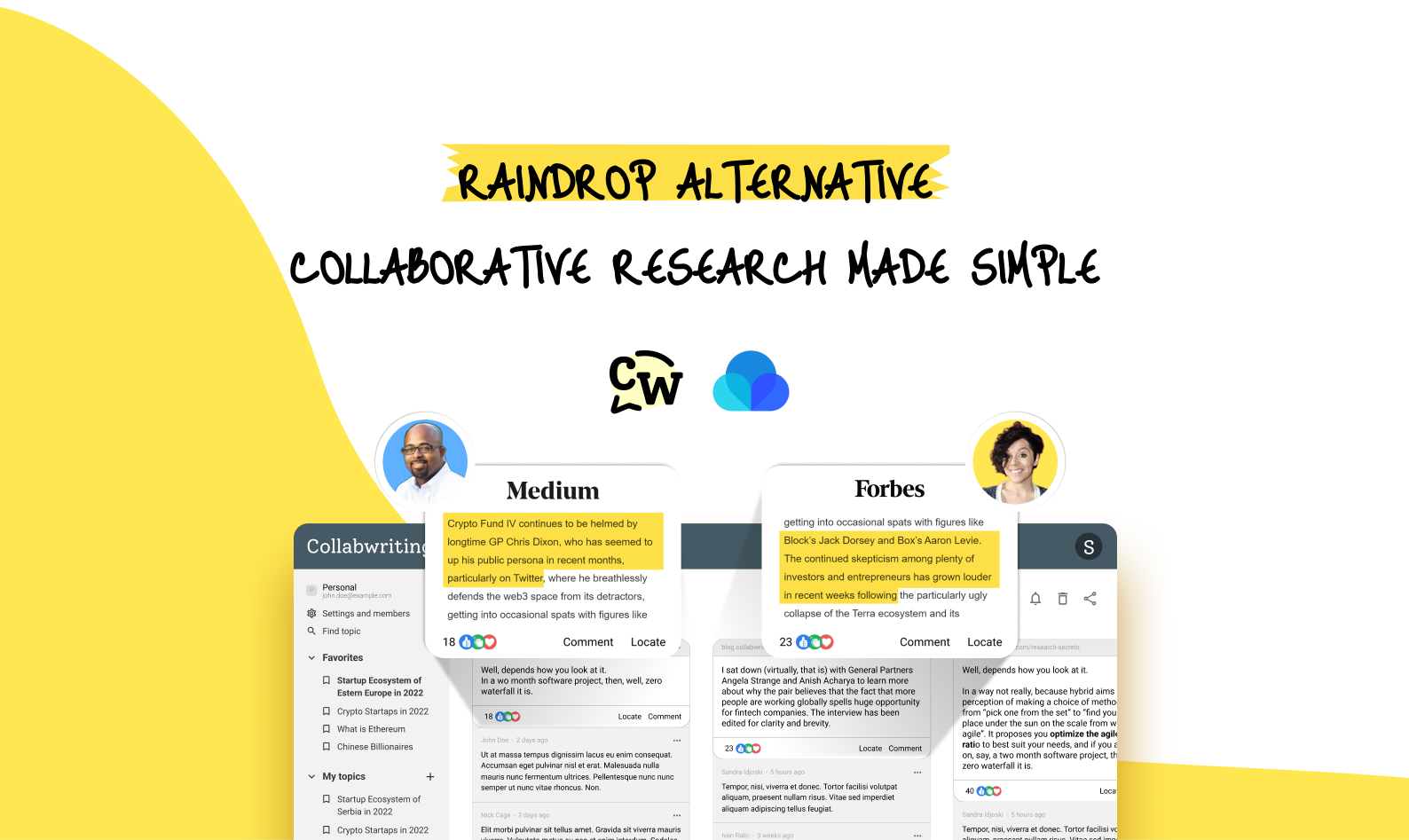To make the most of your research, share your findings in ways that connect with different audiences. That way, your insights don’t just stay on paper - they actually make a real-world impact.
When you tailor your message for different audiences and share it across various platforms, your research can have a bigger impact, helping more people understand and benefit from it.
Understanding the importance of online research
At the beginning of the content creation process, online research takes the lead as an essential first step. Whether you're working on social media posts, presentations, internal training, or ebooks, online research is crucial. It can provide valuable insights into consumer behavior, market trends, and industry best practices.
By understanding the importance of research, you can make informed decisions and better connect with your target audience.
Effective use of research in social media content creation
The first step to creating content is to determine which type of content your audience will find valuable, and that's exactly what research provides.
While it's true that almost anything can be considered content, that doesn't grant you a free pass to post anything on your social platforms without a plan.
Identifying target audience through content research
Research helps you understand exactly who your audience is. By looking at their demographics, behaviors, and social media habits, you can create content that genuinely resonates with them.
For example, a clothing brand targeting young adults might find through research that its audience is active on Instagram and loves visual content. With this insight, the brand can focus on creating eye-catching posts that highlight their latest fashion trends, capturing their audience’s attention more effectively.
Utilizing research to create engaging content
Research provides valuable insights into the kind of content that captures the attention of the audience. By understanding their interests, pain points, and preferences, you can create engaging content that drives user interaction and builds brand loyalty.
Think about a person who loves painting and wants to share their passion on social media.
After some research, they find out that their followers are really into quick and easy DIY art projects. With this knowledge, they can create posts showing how to make simple yet impressive artworks, along with explanations to address common artistic challenges.
By offering content that matches what their followers like and need, this artist can build a strong group of fans and become a go-to expert in the art community.
Case studies: Successful social media campaigns backed by content research
Social media campaigns driven by research have shown great success for businesses. By studying case studies of companies that used research to create impactful campaigns, others can gain insights and apply similar strategies to achieve their own success.
One such case study is the "Share a Coke" campaign by Coca-Cola. Through extensive research, Coca-Cola discovered that personalization was a key factor in engaging its target audience. They created a campaign where they replaced their logo on Coca-Cola bottles with popular names. This research-backed campaign not only increased sales but also generated a massive buzz on social media, with people sharing pictures of their personalized Coke bottles.
By studying successful campaigns like these, you can learn valuable lessons about the power of research in creating impactful social media content. You can gain inspiration and ideas to implement in your own campaigns, ensuring that your content resonates with your audience and drives meaningful engagement.
Maximizing sales presentations through research findings
A great sales presentation can really grab customers' attention and boost sales. That's why doing research is important when making sales presentations that really connect with potential customers.
By conducting surveys, interviews, and analyzing customer feedback, you can gain a deep understanding of what your customers truly want and need. This knowledge allows you to customize your sales presentations to address these needs and position your products as the ideal solutions.
But how exactly can businesses incorporate research findings into their sales presentations?
Well, the possibilities are endless. By using statistics, market trends, and customer success stories, businesses can enhance the credibility and persuasiveness of their presentations.
For example, they can highlight impressive statistics that demonstrate the effectiveness of their products or showcase real-life success stories of satisfied customers who have benefited from their offerings.
Research-driven sales presentations can significantly boost conversion rates. When businesses analyze data and weave it into their presentations, they build trust with potential buyers. By sharing data-backed insights, they can address customer concerns and provide the reassurance needed to support a purchase decision. This credibility and transparency ultimately lead to higher conversions.
Improving internal training programs with research insights
When it comes to internal training, you need to ensure that your employees have the necessary skills and knowledge to perform their jobs effectively. This is where research comes in.
By conducting online research, you can gain valuable insights into employees' skills and knowledge gaps.
One way research can help identify training needs is through surveys. By surveying employees, you can gather information about their current skill levels and areas where they feel they need additional training. This data can then be analyzed to identify common areas of improvement.
Another way to identify training needs is through assessments. By administering assessments to employees, you can evaluate their current knowledge and skills. This can help pinpoint specific areas where additional training may be required.
But research doesn't stop at identifying training needs. It also plays a crucial role in developing effective training programs. Once the areas for improvement have been identified, you can turn to research to determine the best methodologies and practices for training.
Research provides insights into the most effective training methods. It can help you understand which approaches are most engaging and which ones yield the best results. By leveraging research findings, you can design training programs that are not only informative but also engaging and interactive.
Furthermore, research helps ensure that training programs are aligned with the organization's goals. By understanding the specific needs of the business, research can help tailor training programs to address those needs directly. This alignment ensures that the training provided is relevant and meaningful.
Once the training programs have been developed and implemented, research continues to play a role in measuring their impact on employee performance. By evaluating the effectiveness of these programs, you can determine whether your investment in training is paying off.
By comparing pre-training and post-training performance data, you can measure the effectiveness of the training programs. This data can then be used to make any necessary adjustments or improvements to the training initiatives.
So, the next time you think about implementing an internal training program, remember to turn to research for guidance. It can make a significant difference in the success of your training initiatives.

Collabwriting - Shareable Notes on Web Pages and PDFs
Collabwriting allows you to gather all your online sources in one place. Just highlight, save, and collaborate with anyone on any content you find online.
How to bring everything to action?
Putting your research to good use involves effectively communicating your findings to different audiences through various channels. Whether it's social media content, sales presentations, or internal training, here are some guidelines for each:
Social media content
Simplify and highlight key points: Social media content should be concise and easily digestible. Summarize the most important findings and insights from your research. Use attention-grabbing headlines and visuals to engage your audience.
Visuals: Incorporate graphs, charts, and infographics to represent your data visually. A video presentation maker can help you create engaging visuals that quickly convey complex information and make your content more shareable.
Storytelling: Craft a narrative around your research. Tell a relatable story that captures the essence of your findings and resonates with your audience.
People connect with stories more than with dry facts.
Engage with questions: Pose thought-provoking questions related to your research. Encourage discussion and interaction with your audience. Respond to comments and create a dialogue.
Hashtags and keywords: Use relevant hashtags and keywords to increase the visibility of your content. This will help your research reach a wider audience interested in the topic.
Pro tip:
Use numbers in your hooks > "7 ways to..."
Use comparisons for emphasis > "10x better"
Use equations for clarity > "this + this = that"
Use percentages vs. words > 25% vs. "quarter"
Use exact vs. rounded numbers > "1,831" vs. "2k"
Use number 7 a lot - universally the most 'liked' number
Sales presentations
Tailor to the audience: Customize your presentation based on your target audience's interests and needs. Focus on how your research findings directly benefit them.
Benefits and applications: Highlight the practical implications and benefits of your research. Explain how your findings can solve specific problems or enhance the audience's work.
Visuals and data: Incorporate visuals, data visualizations, and case studies to provide evidence and credibility. Visual aids can help compellingly convey complex information.
Clear structure: Organize your presentation logically. Start with a clear introduction, followed by key findings, supporting evidence, and a strong conclusion that emphasizes the takeaway.
Engagement: Encourage questions and interaction throughout your presentation. Address concerns and provide real-world examples that resonate with your audience.
Internal training
Adapt to knowledge levels: Measure the familiarity of your audience with the subject matter. Tailor your training to match their current knowledge level, whether they are beginners or experienced professionals.
Break down complex concepts: Use analogies, metaphors, and real-life examples to break down complex concepts. This helps participants grasp information more easily.
Interactive elements: Incorporate activities, quizzes, and discussions to keep participants engaged and reinforce learning. Practical exercises can help internalize the research findings.
Application: Provide clear guidance on how the research findings can be applied to the team's work. Share success stories or case studies to demonstrate practical implementation.
Follow-up resources: Offer additional materials such as handouts, references, or links to further reading. This helps participants continue learning after the training.
Remember, effective communication is key in all these scenarios. Tailor your approach to the specific medium and audience, and aim to simplify complex information while highlighting the value and practical applications of your research findings.





![5 Tools Marketers Use to Organize Research - Compared [2025]](/content/images/2025/11/cover-4-1.png)

![Build Credibility in Research: Smart Way to Verify Information and Track Sources Easily [2025]](/content/images/2025/10/covers-for-blog--7--1.png)

![How Marketers Can Turn LinkedIn Content into Collaborative Research [2025]](/content/images/2025/10/covers-for-blog--8-.png)
![Best Readwise Alternative for Personal & Team Research [2025]](/content/images/2025/09/Frame-814--3-.png)


